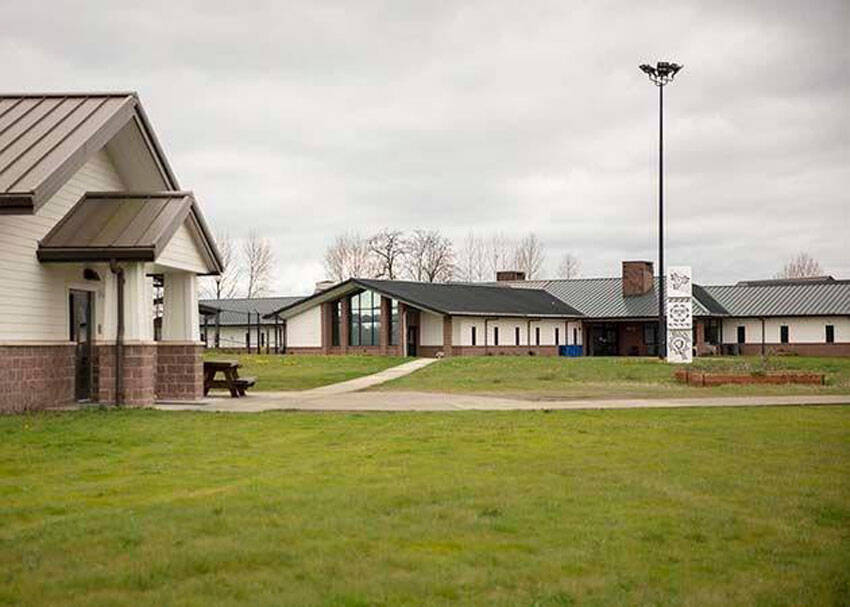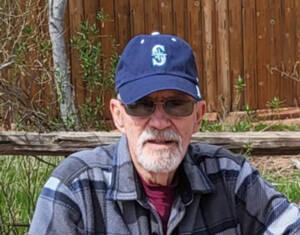By Tim Clouser | The Center Square
(The Center Square) – Only a week after Washington’s 39 counties filed a lawsuit against the state, new intakes will resume at two juvenile rehabilitation facilities, ending a freeze that started in July.
The Department of Children, Youth & Families and the Washington State Association of Counties announced the agreement on Friday. The decision to end the freeze follows a backlash from the counties and calls for Gov. Jay Inslee to fire DCYF Director Ross Hunter.
“We are pleased to have reached an agreement with DCYF that addresses the urgent needs of our juveniles and our counties,” WSAC President Lisa Janicki wrote in a press release. “This resolution will help ensure juvenile offenders receive the care and supervision they require.”
Last month, DCYF announced it was freezing new intakes at Green Hill School and Echo Glen’s Children’s Center amid capacity shortages. These are the two locations where juveniles are sent whenever they’re sentenced to 30 days or more.
Upon the freeze, DCYF stated that the responsibility to house the offenders would fall on the counties, which were also facing capacity shortages. DCYF failed to give the counties and superior court judges a heads-up.
The agreement directs DCYF to resume new intakes immediately while transporting the juveniles to the facilities within three days. However, WSAC noted that any long-term solutions will require the Legislature to provide significant funding to these facilities.
“We’re grateful for the assistance of the Governor in reaching a resolution,” Derek Young, WSAC’s interim executive director, wrote in the release, “and look forward to working with the Legislature to secure appropriate funding for these facilities and ensure it doesn’t happen again.”
DCYF issued a statement Friday morning, noting that intakes at the Echo Glen facility restarted a few weeks ago but that capacity issues remain at Green Hill School.
“We are working with legislators, counties and stakeholders on the three actions necessary for ensuring all the young people in [juvenile rehabilitation] can safely access the programming and services they need,” according to DCYF’s statement, “opening new space, recruiting and retaining skilled workers, and receiving data from the counties so we can be more responsive to changes in the JR population.”






